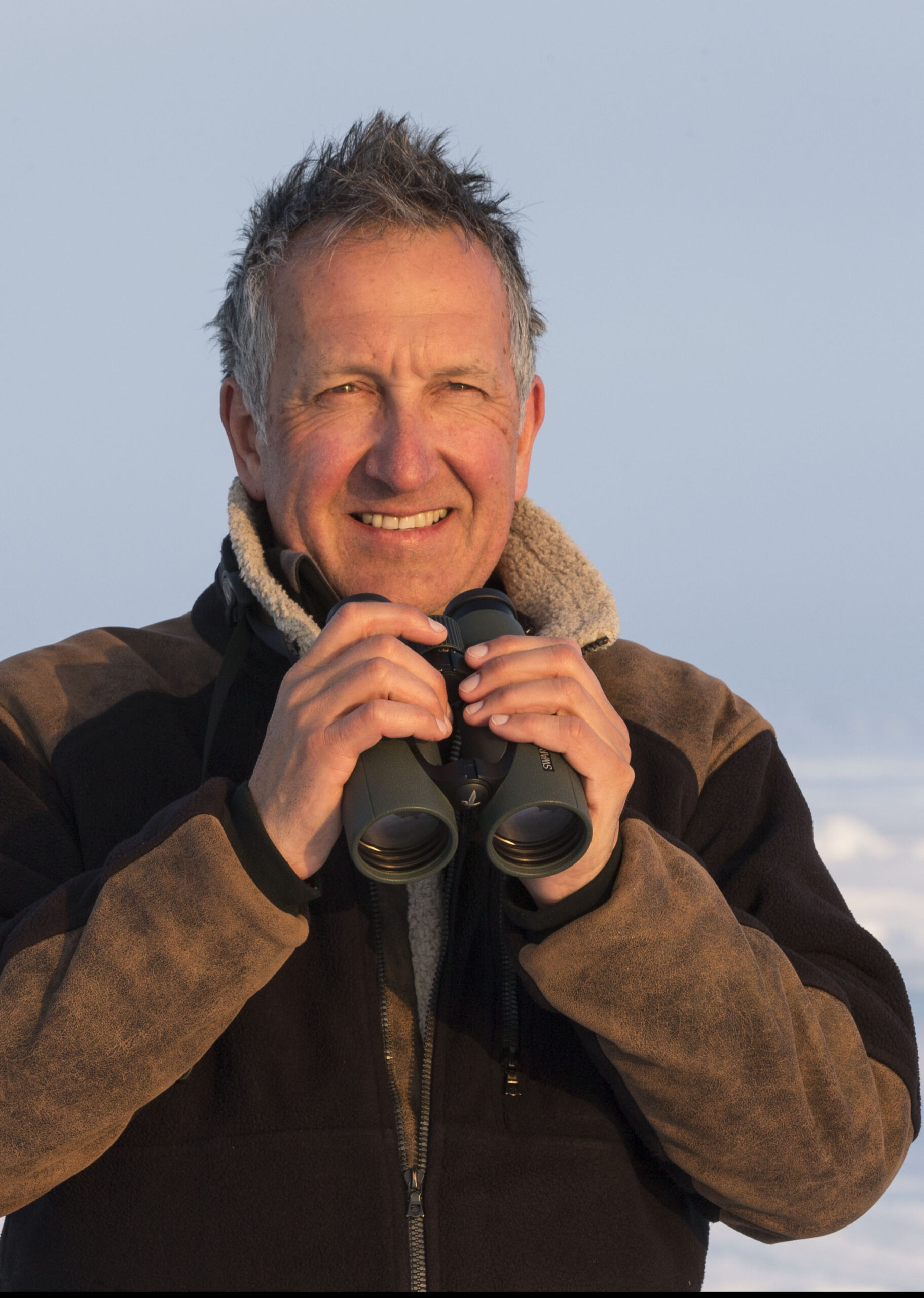1
What is El Niño?
El Niño is a complex global weather pattern caused by changes in sea temperature in the tropical Pacific Ocean. South American fishermen coined the term to describe the appearance of warmer-than-normal coastal waters every few years around Christmas. El Niño means ‘boy child’ in Spanish – a reference to the baby Jesus. It can have far-reaching impacts on wildlife on both sides of the Pacific.
2
How does it work?
Low-altitude trade winds in the tropical Pacific normally blow from east to west. They push warm surface water from Central and South America towards the other side of the ocean, where it piles up around South-East Asia and Australasia. Meanwhile, as warm water gets blown away from the Americas, it is replaced by cold water pulled up from the ocean depths to fill the gap. The result is a huge temperature difference across the tropical Pacific, with water up to 8°C cooler in the east.
3
So, what happens?
An El Niño event occurs when these trade winds are weaker than average. As they slow down – or even reverse – warm surface water is no longer pushed from east to west and there isn’t such a dramatic temperature difference across the Pacific, thus warming the waters off the west coast of the Americas.
4
What is La Niña?
La Niña is another part of the catchily named El Niño–Southern Oscillation (ENSO), which has three phases: El Niño, in which sea surface temperatures in the central and eastern tropical Pacific rise; Neutral, when everything is close to ‘normal’; and La Niña (‘little girl’) in which sea surface temperatures in the region fall. La Niña often occurs the year after El Niño, when the easterly trade winds are stronger than average and push more warm surface water than usual into the western Pacific.
5
What is the impact on global weather?
El Niño disrupts jet streams over the Pacific and this changes the odds of flooding, drought, heat waves, cold snaps, hurricanes and cyclones around the world. Every El Niño is different in magnitude and duration but it can, for example, cause flooding in Peru, drought in Indonesia, fewer hurricanes in the Atlantic, more cyclones in the Pacific, and even colder winters in the UK. La Niña tends to have the opposite effect.
6
How does El Niño affect wildlife?
During El Niño years the warmer water in the central and eastern Pacific has far fewer nutrients, so many species – including seabirds and marine mammals – struggle to survive or breed. There are more subtle impacts, too: for example, humpbacks may shift their breeding grounds (to find the ‘perfect’ water temperature), while on the Galápagos Islands increased rainfall tends to benefit invasive species such as fire ants and tree frogs.
7
How long does the impact last?
It usually lasts 9–12 months, typically developing during spring in the northern hemisphere and reaching peak intensity during its late autumn or winter. It occurs roughly every two to seven years.
8
Are we to blame?
While El Niño is a naturally occurring event, it is possible that greenhouse gases are intensifying its effects. So far the science is inconclusive, but it’s important to understand any impact as future El Niño events unfold against increased global warming.
9
When was the most recent El Niño event?
The worst on record began in September 2015 and peaked between December 2015 and February 2016. No one knows for sure when the next one will be. Conditions are now favourable for La Niña to emerge this autumn.
See http://elnino.noaa.gov for more information.#
Main image: El Niño affects countless species, including humpback whales. © Daniel Bayer/Stringer/Getty
